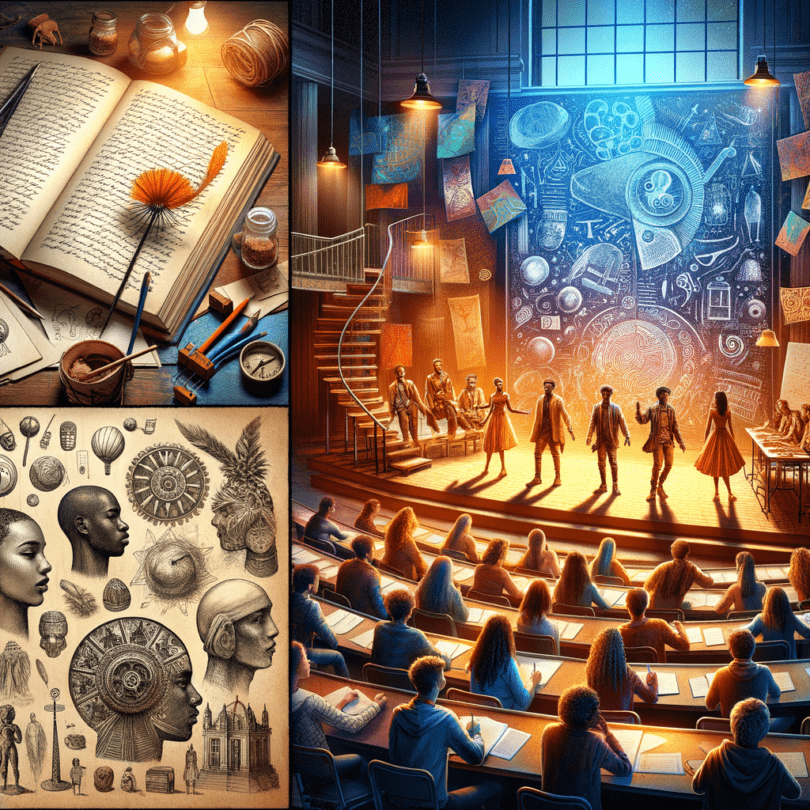“Uncommon Courses” is a series from The Conversation U.S. focusing on unique teaching methods. One of these courses is something called Multimodal Anthropology, which is all about using more than just academic writing to share research findings. This approach isn’t new to me; back in third grade, I did a project on humpback whales. Inspired by a vinyl LP of whale songs that National Geographic sent to subscribers, I combined my written report with those recordings, photos, and tied it all up with blue whale-patterned shoelaces. It was my first taste of connecting different media to tell a story.
Now, as an anthropologist, I use a whole variety of media—from fiction and plays to poetry, sound, and film—to present my research. While my methods sometimes puzzle other academics, students often find them engaging and are eager to try them out themselves.
In the course, we push boundaries and explore alternative ways to present research. It’s fascinating to see, for instance, how the sound of bombs can be a more sensitive way to discuss war than violent images—it respects the stories of the people affected. Or, using fiction to explore Iranian underground theater can maintain the privacy of real-life subjects much better than a traditional academic paper.
Students in the course get hands-on experience with basic ethnographic research techniques like observation and interviewing. We embark on field trips around campus, sharpening those skills. They then choose topics for their final projects and present their findings through different formats like films, poetry, or opinion pieces.
This multimodal approach taps into students’ strengths, helping them gain confidence. While some might struggle with writing, they might shine through photography or another medium. The consistent focus on traditional term papers can miss out on this talent, which is a pity for both the educators and the students.
Moreover, it makes research more accessible to a wider audience. Sounds, like whale songs or glaciers melting, can provide an immersive experience to people who can’t physically travel to those places. Audiobooks and spoken-word projects open up research to individuals with vision impairments or reading difficulties, broadening the reach even further.
There’s no single path to learning or presentation. Students who harness their unique talents and work together, rather than just compete, can effect real change. Their true worth isn’t in test scores, it’s in the experiences and growth they share.
I even draw from my own projects to illustrate how multimodal anthropology works, bringing other voices into the conversation too, like multimedia artist Kurosh ValaNejad. His creative twist was putting the history of the 1953 American-led coup in Iran into a video game.
Right now, I’m crafting a multimodal curriculum through a murder mystery series, with each book delving into different ways to present research. My first book, “Death in a Nutshell: An Anthropology Whodunnit,” examines visual anthropology and dyslexia.
The course gears students up with various research methods. While they might not all become poets, even dabbling in poetry hones their skills in description and fosters meaningful discussions. We even consider ideas like Plato’s, who suggested that poetry’s allure might compromise objectivity in science. Balancing creativity with accuracy is often a delightful challenge.

